Canopy Solar Planned for Makepeace Canal
PLYMOUTH – The A.D. Makepeace Company and Renewable Energy Development Partners LLC are proposing a plan for solar panel canopies installed over some two miles of agricultural canal in a remote section of Plymouth.
The proposal, which is subject to review and approval by the Plymouth Inspectional Services Department, is part of a multifaceted renewable energy initiative which also includes floating solar on an agricultural reservoir, ground-mounted solar arrays and additional canal canopy arrays.
The project is proposed under the Massachusetts Department of Energy Resources Solar Massachusetts Renewable Target (SMART) program. The SMART program encourages the development of new photovoltaic energy sources in a manner that is compatible with current and future agricultural practices. The canals are used for irrigation and bog flooding for harvest and pest management purposes, and will continue to be used as such after the solar canopies are installed.
“This is part of our ongoing effort to site innovative solar projects in areas with minimal impact on wildlife and our neighbors,” said James F. Kane, president and chief executive officer of the A.D. Makepeace Company. “In so doing, we are helping the Commonwealth make meaningful progress towards greenhouse gas reduction goals.”
Renewable Energy Development Partners submitted a proposal for the canal solar to the Town of Plymouth last week. The project will be the second canal canopy solar array that the A.D. Makepeace Company and REDP have partnered to construct. The first project, roughly half the size of the proposed new project, is located nearby on a cranberry farm in Carver, MA and is expected to be operational by the end of the year.
“This project is an innovative approach to solar energy production that requires minimal land disturbance, creates an additional beneficial use of land already in agricultural use, and is fully compatible with the ongoing agricultural activities. We hope it will be a model for similar types of projects done in partnership with other agricultural producers,” said Hank Ouimet, a managing partner at REDP.
The canopies require no tree cutting. The land is zoned for residential and agricultural uses.
Mr. Kane noted that the project site is zoned for residential development and Plymouth officials have long feared the prospect of having to provide municipal services to an area separated from the rest of the town by Myles Standish State Forest. In response, the company has explored options with minimal impact on services, such as agricultural and renewable energy uses.
The sites for the projects are in the area where the boundaries of Plymouth, Carver, and Wareham meet, all a mile or more from any publicly accessible roadway. The A.D. Makepeace Company has been growing cranberries there since the early 1900s.
Renewable Energy Development Partners is a boutique Massachusetts-based renewable energy project development firm specializing in innovative solar solutions. Visit redpllc.com for more information.
The 169-year-old A.D. Makepeace Company is developer of the award-winning Redbrook, North America’s largest cranberry grower, the largest private property owner in eastern Massachusetts, and a recognized leader in environmentally responsible real estate development and stewardship. Visit admakepeace.com for more information.

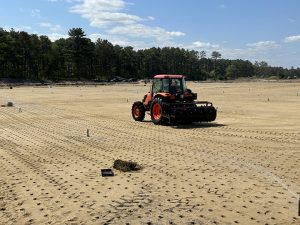 Many of the A.D. Makepeace Company cranberry bog areas are decades old and still produce, year after year. As you might imagine, the way a bog was constructed before heavy equipment and other modern conveniences, was quite different than today.
Many of the A.D. Makepeace Company cranberry bog areas are decades old and still produce, year after year. As you might imagine, the way a bog was constructed before heavy equipment and other modern conveniences, was quite different than today.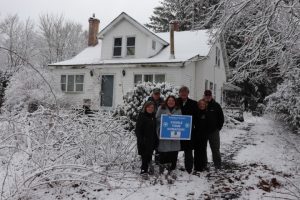 Your year-end contribution to Habitat for Humanity of Greater Plymouth will be doubled due to a challenge grant to the organization from the A.D. Makepeace Company.
Your year-end contribution to Habitat for Humanity of Greater Plymouth will be doubled due to a challenge grant to the organization from the A.D. Makepeace Company.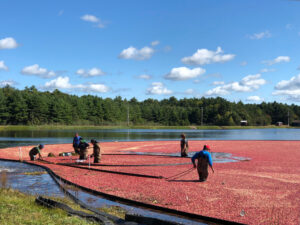 It’s the most wonderful time of the year – the cranberry harvest season is upon us!
It’s the most wonderful time of the year – the cranberry harvest season is upon us!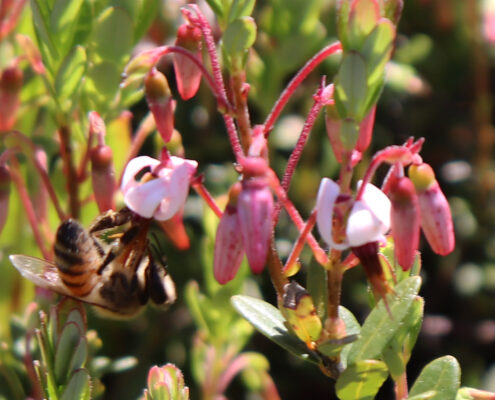 The summer months see a wide variety of activity on the cranberry bogs. In the middle of July, the cranberry blossoms have been pollinated, fruit has set, and we see the bees disappear as quickly as they arrived in mid-June. The tiny cranberry flowers have dropped their petals and green cranberries have begun to grow.
The summer months see a wide variety of activity on the cranberry bogs. In the middle of July, the cranberry blossoms have been pollinated, fruit has set, and we see the bees disappear as quickly as they arrived in mid-June. The tiny cranberry flowers have dropped their petals and green cranberries have begun to grow. In recent years, the A.D. Makepeace Company has hosted numerous blood drives at Rosebrook, our mixed-use campus in Wareham.
In recent years, the A.D. Makepeace Company has hosted numerous blood drives at Rosebrook, our mixed-use campus in Wareham.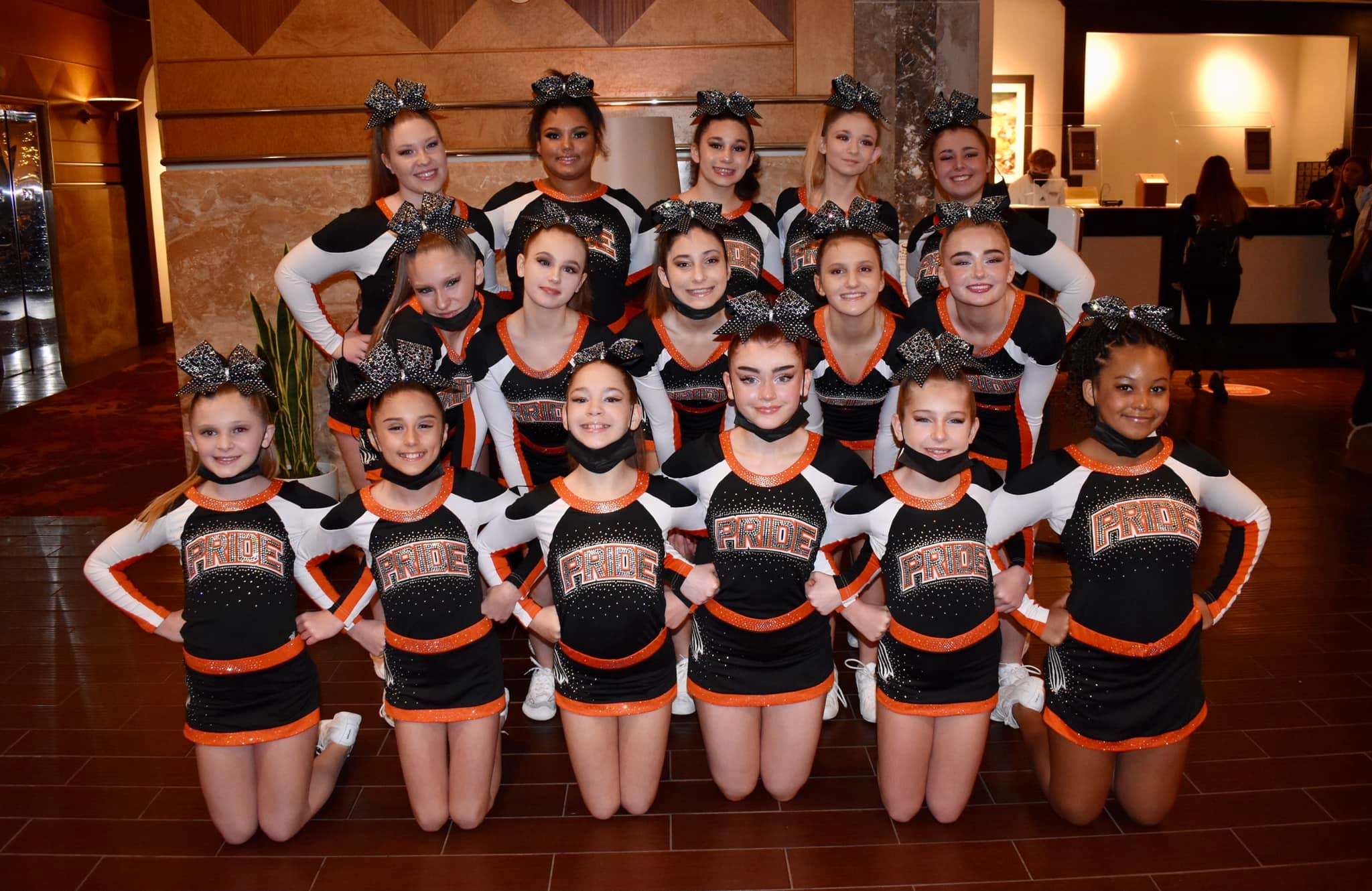
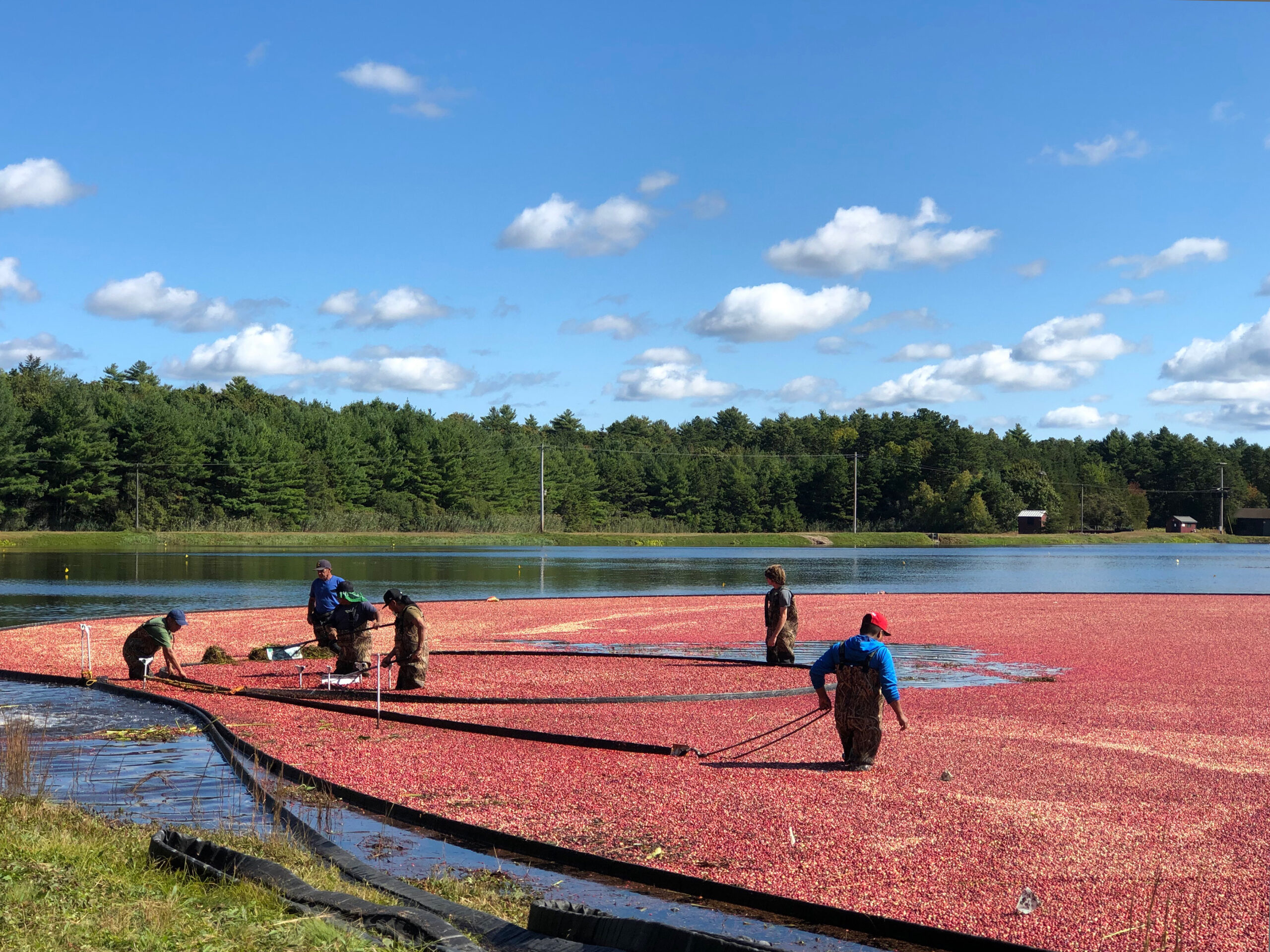 It’s the most wonderful time of the year – the cranberry harvest season is upon us!
It’s the most wonderful time of the year – the cranberry harvest season is upon us!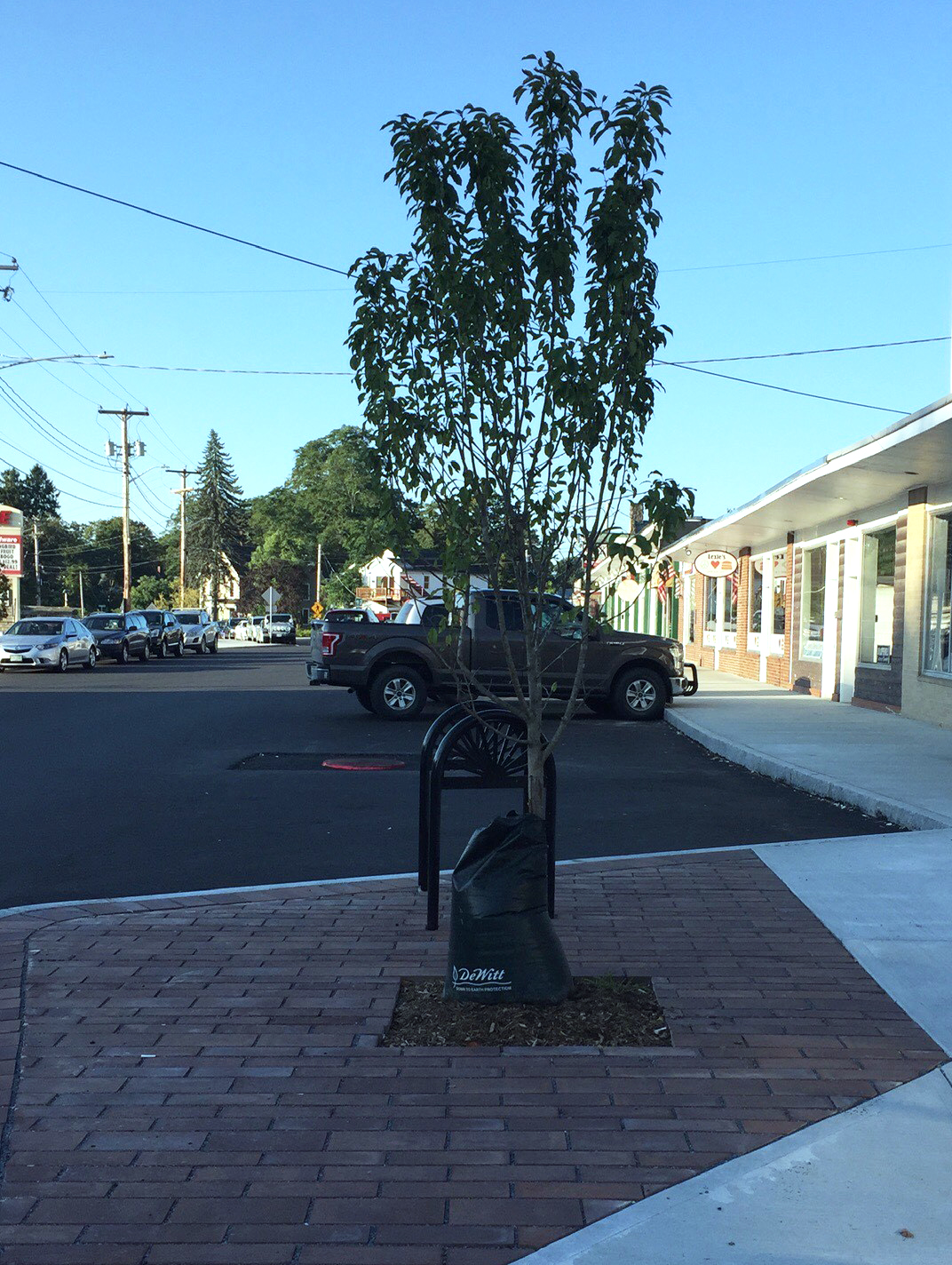
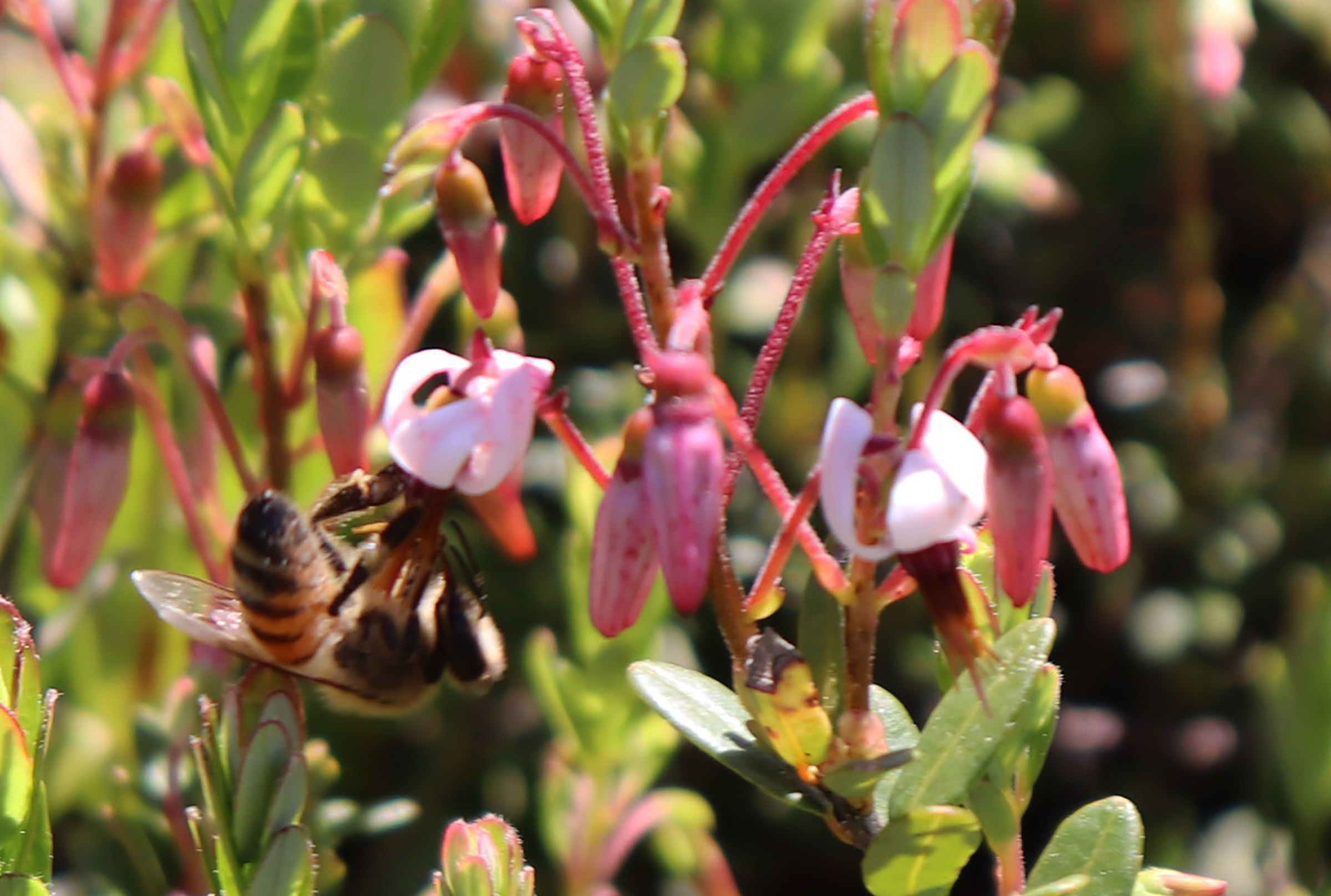 The bees are back!
The bees are back!